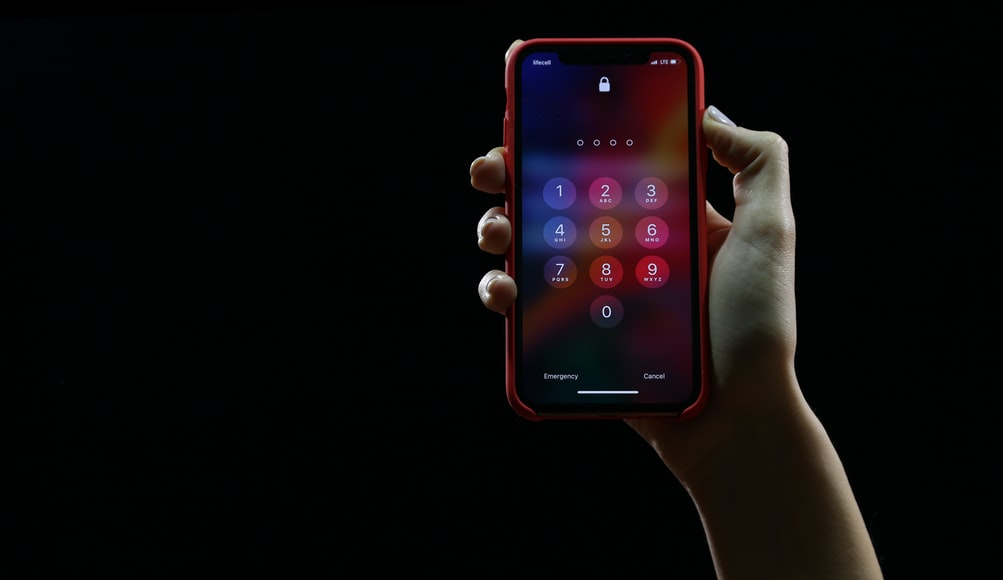No matter how many tools you possess for network security, applying network security best practices is still the best possible way to protect and prevent intrusion.
Network Security Best Practices
Here are the best practices that every user in the workplace should know in maintaining optimum network security.
1. Use strong passwords.
Choose passwords that are hard to guess, and change them often. The longer, the better. Also, avoid using the same password for different accounts, particularly for home computers and work computers. This includes email accounts, Internet banking accounts, and so forth.
2. Stay away from phishing schemes.
Phishing schemes are online scams that try to trick users into giving out sensitive information like credit card numbers, passwords, social security numbers, and bank account numbers. They can appear in the form of pop-ups or email messages that appear to be legitimate but are fake.
They also appear in the form of links that lead to bogus websites that look like real websites like PayPal or your bank’s website. If you receive an email or pop-up message that you think is suspicious, do not open it. Instead, call the company directly using the number you normally use to contact them.
3. Keep your software up to date.
Software updates are often released to patch security vulnerabilities. It is important to keep your software updated so that you can protect yourself from hackers who exploit these vulnerabilities.
For example, Microsoft regularly releases patches for its operating systems and software applications like Internet Explorer, MS Office, and MS Windows to fix security loopholes and plug security holes. Software manufacturers also release updates for hardware devices like printers, routers, and smartphones.
To ensure that you are protected by software updates, it is important to set automatic updates on your devices at all times. This is usually found in the options or preferences menu of your devices. Set the software to update automatically overnight or when you are not using the device. You can also check for updates manually from time to time to ensure that you are up to date.
4. Do not open attachments and links from unknown senders.
Hackers often use emails and links to spread viruses and other malicious software (malware). If you receive an email or a link from someone that you do not know, do not click on the links or open the attachments. Instead, delete the email immediately.
Even if an email seems like it is from someone you know, do not click on links or open attachments. Instead, contact that person directly to find out if they sent you any attachments or links. If they did, ask them why they sent them and what they contain before proceeding with opening them. Do not trust an attachment just because it has a file extension of .exe or .pdf – these extensions may be used by attackers to fool users into opening a malicious file.
5. Never download pirated software and movies from torrents.
Hackers use torrents as a way to spread viruses, malware, spyware, Trojans, keyloggers, and other kinds of malicious software on your computer without your knowledge. It is best to avoid downloading pirated software and movies from torrents since they can carry viruses that can infect your computer without your knowledge.

